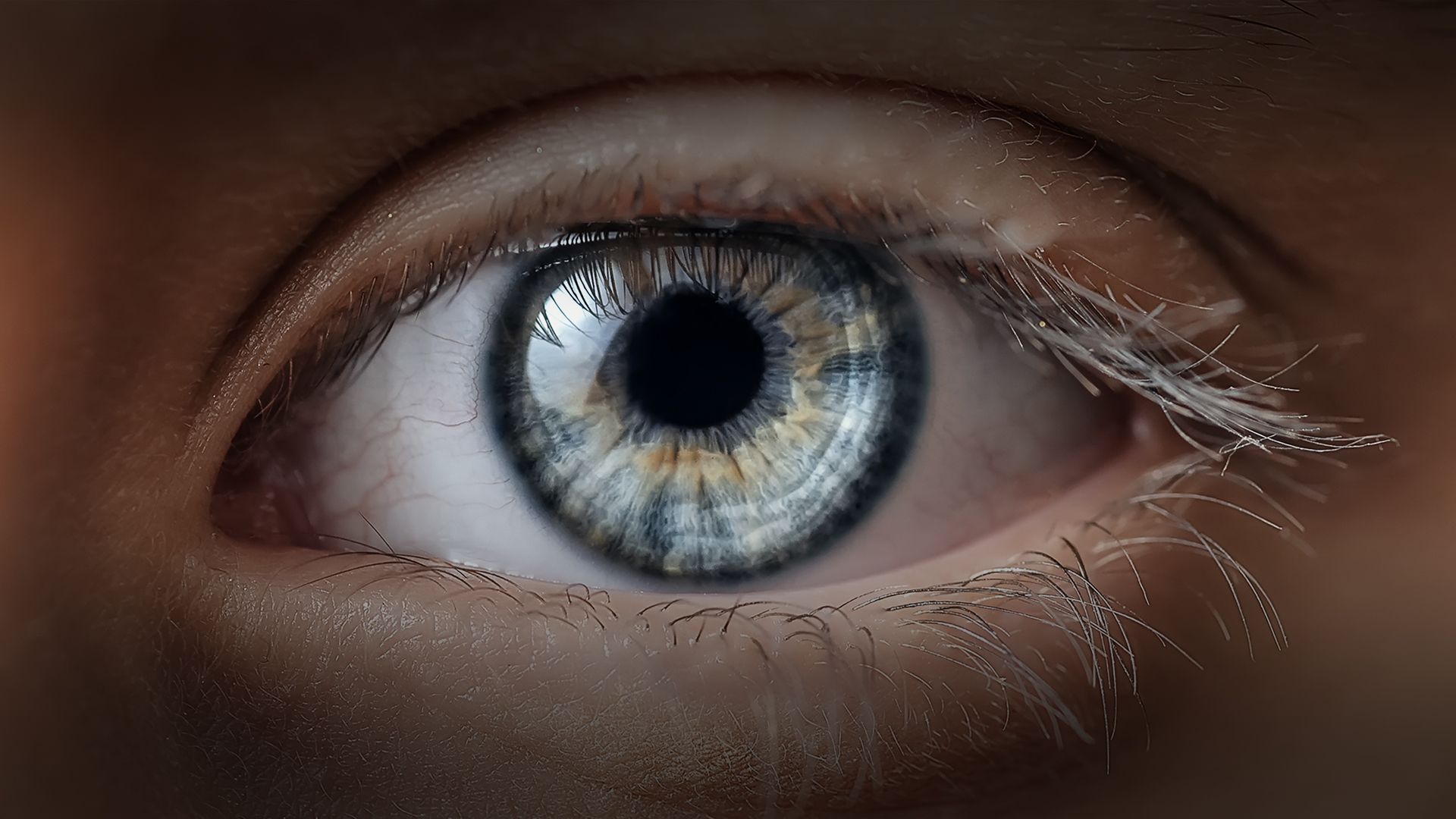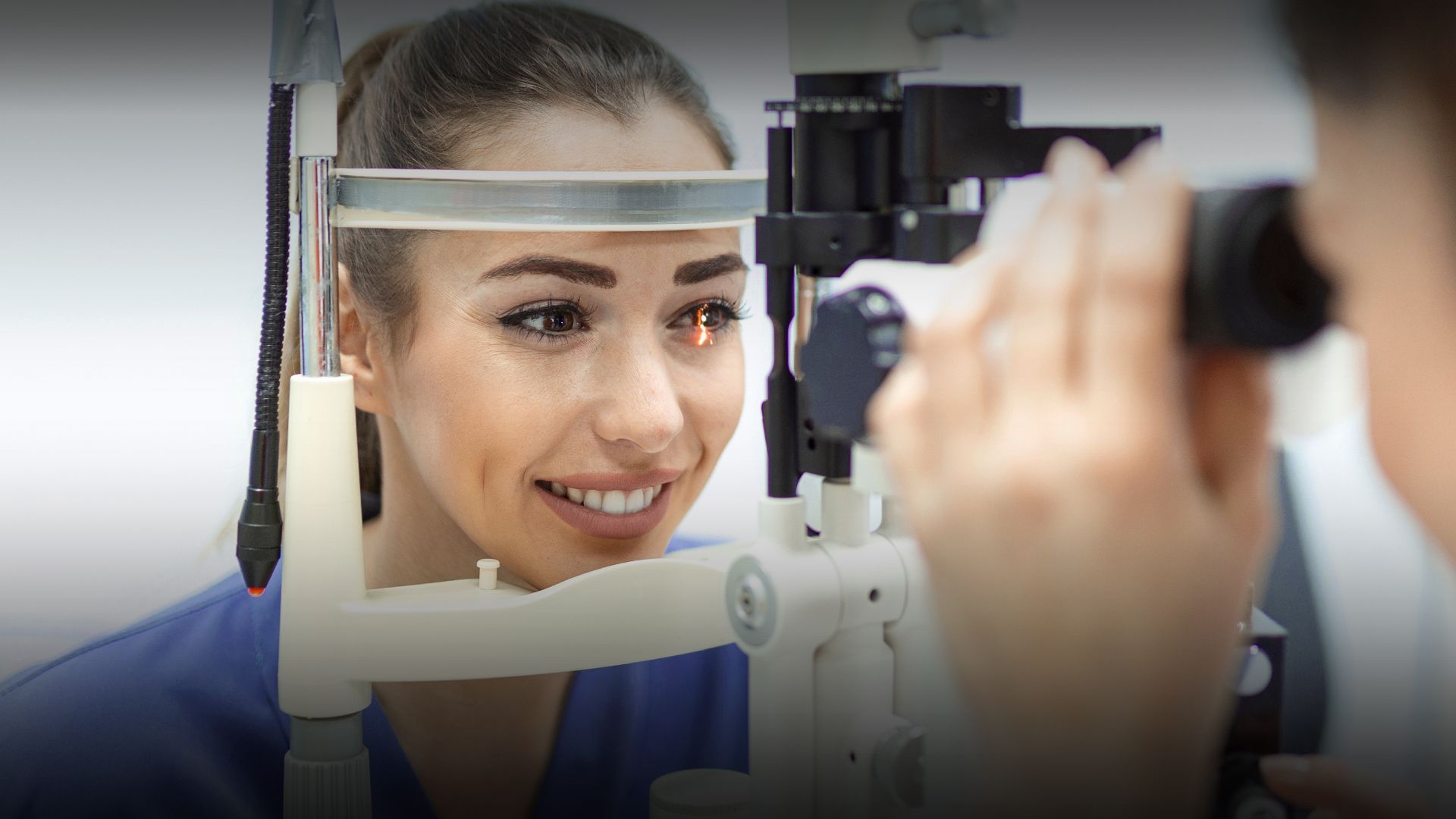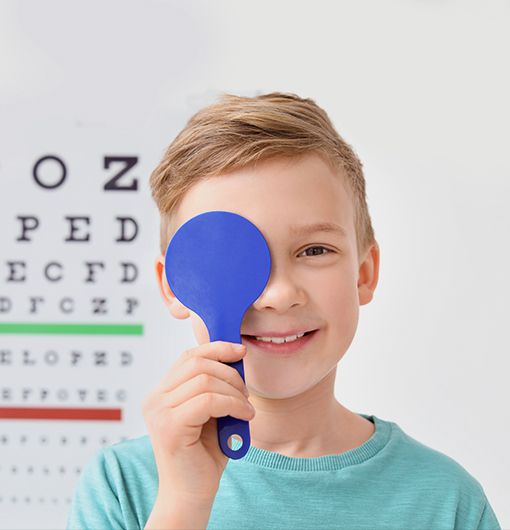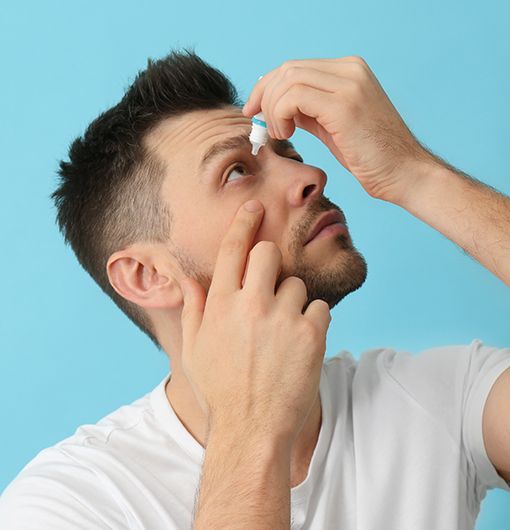Meet Jeffrey Brown O.D.
Dr. Brown is a graduate of Southern California College of Optometry and has been in private practice for over 25 years. He is a member of The American and California Optometric Associations, and involved in Sight for Students VSP. Dr. Brown lives in Costa Mesa with his wife, Maria and...






























































Anna T.
"Dr. Brown is a Great optometrist! I have been a patient for 25 years. Even though I have moved, I still drive to Costa Mesa for my yearly eye exam! He is honest, knowledgeable, and excellent at what he does!"